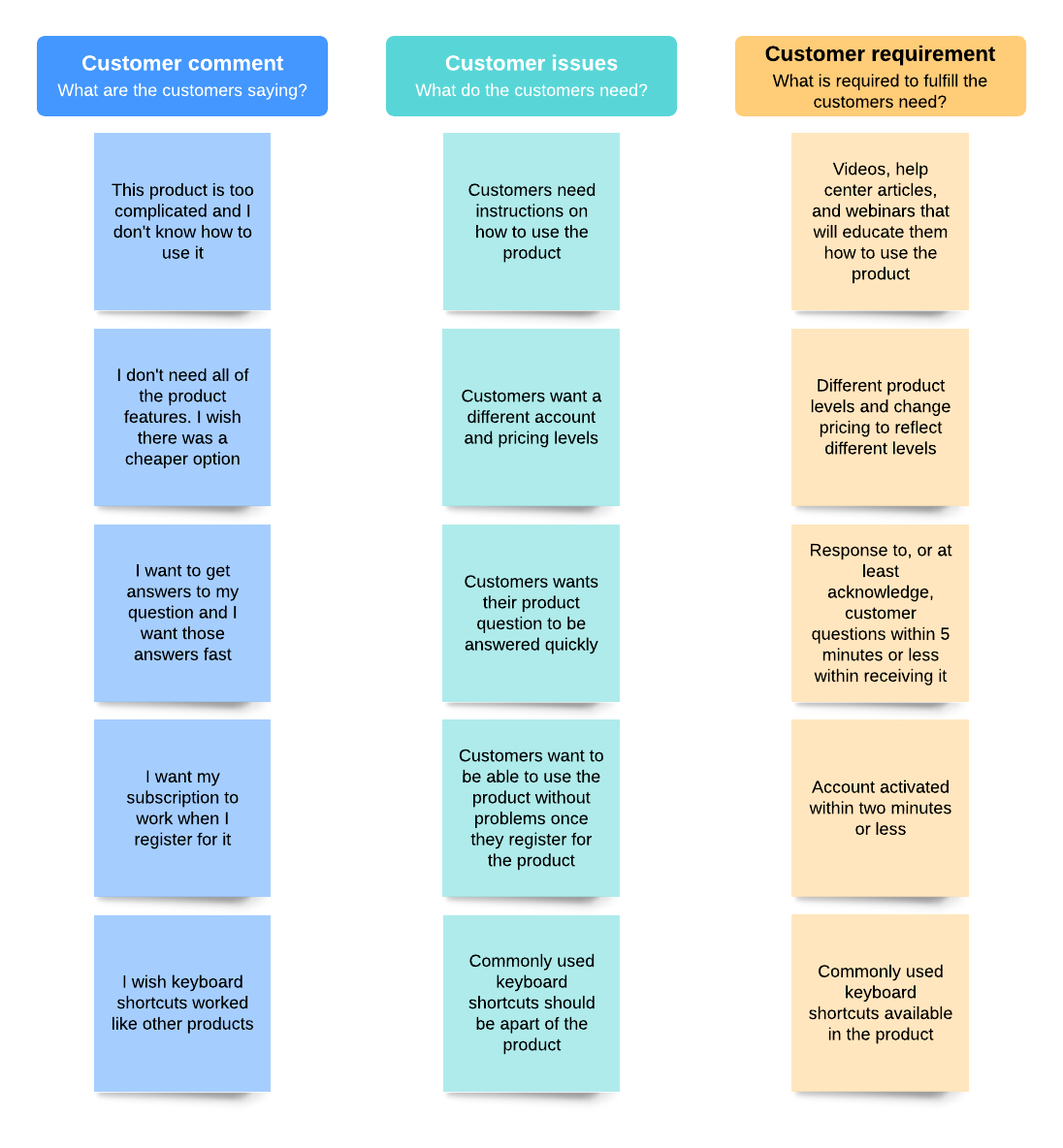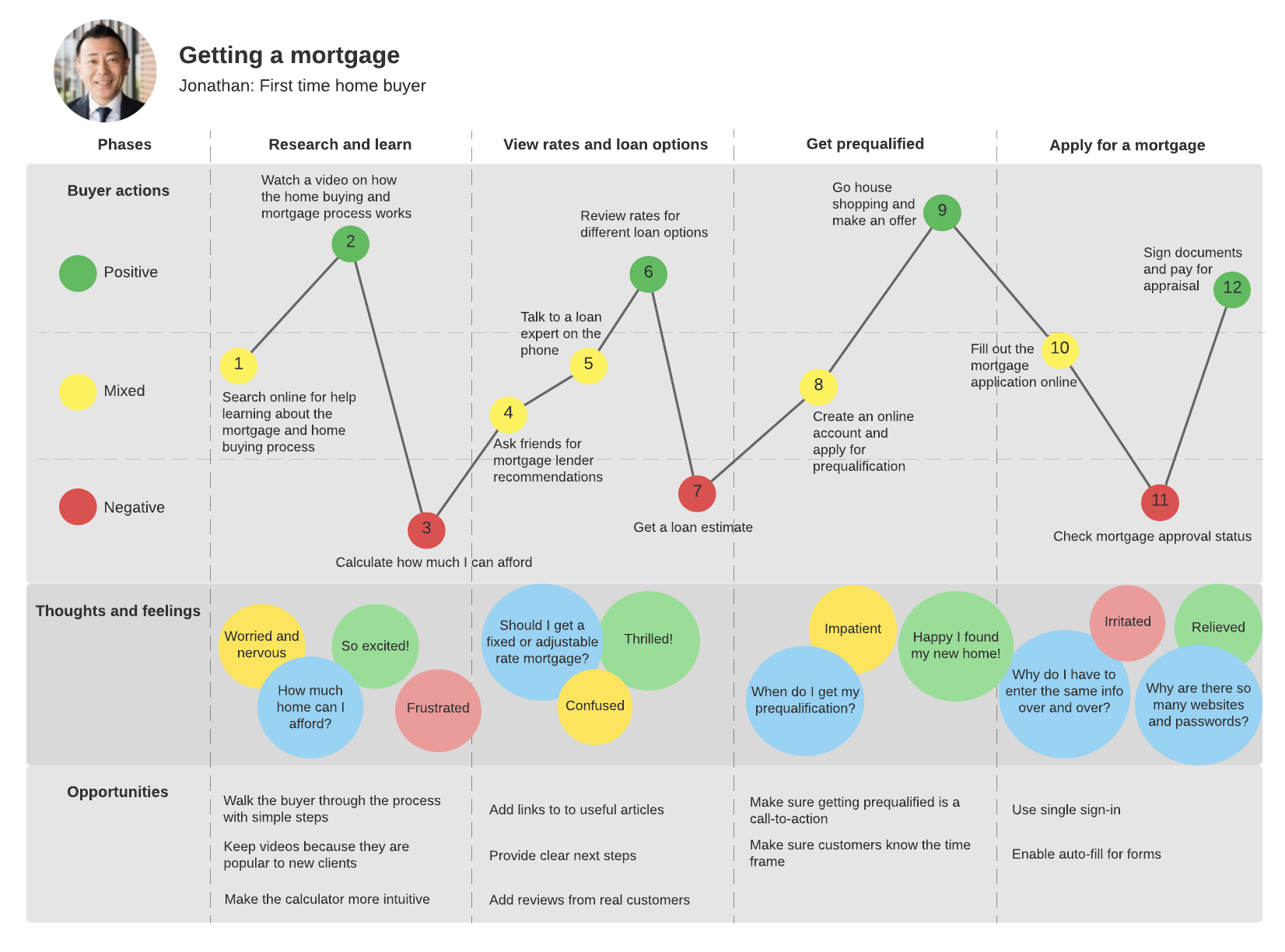In today’s competitive market, businesses need to use every tool at their disposal to stay ahead of the game. One of the best ways to do that is to provide the best customer experience.
But customer experience is about more than fulfilling promised services or cultivating positive interactions, though both are important. The customer experience is wrapped up in almost every level of the business, including brand perception, marketing interactions, negative feedback management, and even product development. With so many variables, how can you cultivate a winning customer experience effectively and consistently?
Enter the Voice of the Customer process.
The Voice of the Customer (VoC) helps businesses understand who they are selling to and what they expect. When businesses hone in on their customers’ needs and preferences, they can deliver targeted (and successful) experiences every time. Use the following tips and best practices to better understand what the Voice of the Customer is and how you can implement a successful VoC program.
What is Voice of the Customer?
Voice of the Customer (VoC) is a method companies use to understand their customers’ expectations of and experiences with their business. Voice of the Customer research seeks to learn what the customer thinks about the company’s brand, product(s) and service(s) and identify any gaps between what the customer wants and their actual experience.
There are a variety of techniques to research and collect feedback on the customer experience. Once VoC data is collected and analyzed, businesses can use it to improve their customer personas and create a more complete picture of their target audiences.
And when companies understand their customers, they can develop better processes and make better decisions across the organization—from marketing and sales to product development and customer success.
How Voice of the Customer benefits business
Understanding the Voice of the Customer isn’t just good for the customer experience. It also has big payoffs for your business.
According to a report by the Aberdeen Group, top VoC performers experienced 55% higher customer retention rates, a 23% decrease in customer service costs, and increased revenue (almost 10x greater year-over-year increase compared to others).
This is because understanding the Voice of the Customer helps you:
- Understand your customers’ requirements.
- Make informed business decisions that align with customer needs and expectations.
- Discover market fit and nail the timing of new product launches.
- Improve brand management and brand reputation.
- Increase customer retention.
- Minimize negative feedback and experiences.
VoC research can also act as a springboard for product and service development and innovation. When you know what your customer wants and expects, you can tailor your products and services to those requirements.
Teams then work together to optimize the customer journey at every stage, improving both the customer experience and internal collaboration throughout the organization.

Build a House of Quality to translate VoC research into a product that flies off the shelves.
Learn howVoC techniques
There are many ways to conduct Voice of the Customer research. Here are a few of the most common VoC techniques:
1. Surveys
Online surveys are one of the most effective methods for gathering data from a large group of people. However, to be successful, you must design and deploy your surveys strategically.
For best results:
- Keep the survey (and questions) short.
- Ask clear questions with direct answers (yes/no and multiple-choice work well).
- Segment your surveys based on persona for targeted results.
2. Interviews
Interviews are time-intensive but valuable opportunities to build a relationship with your customers while gaining a deeper understanding of their needs. They are typically best conducted with a short list of customers to uncover their specific points of view concerning product or service offerings, issues, or performance.
Pro tip: As you gather data from surveys and interviews, consider what your customer actually needs and how that information translates into requirements for your product or service. Document these insights for alignment across your org.

3. Social media
Social media lets businesses communicate with their customers directly, often in real time. These platforms let you collect and manage feedback directly and also observe candid customer reactions in the wild.
4. Recorded calls
If you record calls with customers, you can leverage that data for your VoC research. Customer calls can provide valuable insights into common customer complaints, questions, or objections to your products and services.
5. Customer behavior data
You can learn a lot simply from collecting and observing customer behavior. One of the main ways to do this is to observe how customers interact with your website.
For example, heatmaps will help you see how your customers navigate your company website, giving you key insights into what content and design elements work well and what features are not converting. You can then use strategies like A/B testing to discover what changes are most effective.
Comparing what your customers say they want and how they behave will help you identify what they really need—a crucial insight for successful product development and strategy.
6. Customer reviews
Customer reviews online play an important role in your brand’s reputation and overall success.
Pay attention to reviews of your business (positive and negative) to not only understand what customers like and dislike about their experience but also to improve your reputation management processes and enhance the customer experience in the future.
7. Employee feedback
Your employees often have valuable insight into the customer experience, particularly those who interact with customers directly. For instance, your customer service team may notice certain customer patterns that aren’t clear from other VoC research, such as specific questions or common escalations.
Additionally, employees can help you identify obstacles within your processes or technology that could hinder successful customer experience delivery.
Gather employee feedback (through surveys, brainstorming sessions, or other methods) to gain perspective on the customer experience from the inside.
Voice of the Customer best practices
When building a Voice of the Customer program, consider these best practices.
Segment customers
Before you begin researching customer behavior, divide your customers into segments or personas.
These segments will help you target your research and questions to the right people, which will ensure your questions are relevant and streamline the data collection process. Plus, you won’t waste customers’ time with irrelevant questions, thus delivering a negative experience.
Act on the feedback you receive
Feedback is useless if you don’t act on it. Plus, customers want to see evidence that you are listening to them.
That means you need to address and resolve customer feedback ASAP. To do this, you will need to create a culture that values and prioritizes feedback and the VoC process.
Strengthen your processes and close the feedback loop efficiently by providing ample resources to your employees, making it easy to collaborate and communicate across teams and departments, and demonstrating buy-in from the top.
Discover key insights using the right tools
A robust Voice of the Customer program relies on quality tools and resources. Invest in tools that make data collection and analysis cleaner and more effective.
VoC templates, customer journey maps, and dashboards are a great way to visualize data helping you streamline processes, uncover new insights, and ensure clear communication and collaboration across teams and departments.

Putting the customer first
Voice of the Customer helps organizations prioritize their customer experience at every level of the business—from business strategy and product development to process engineering and marketing.
Companies that understand and value their customers are poised to deliver best-in-class experiences that will keep them ahead of the competition.
About Lucidchart
Lucidchart, a cloud-based intelligent diagramming application, is a core component of Lucid Software's Visual Collaboration Suite. This intuitive, cloud-based solution empowers teams to collaborate in real-time to build flowcharts, mockups, UML diagrams, customer journey maps, and more. Lucidchart propels teams forward to build the future faster. Lucid is proud to serve top businesses around the world, including customers such as Google, GE, and NBC Universal, and 99% of the Fortune 500. Lucid partners with industry leaders, including Google, Atlassian, and Microsoft. Since its founding, Lucid has received numerous awards for its products, business, and workplace culture. For more information, visit lucidchart.com.
Related articles
How to build a House of Quality (QFD)
Quality function deployment (QFD) provides a clear framework for incorporating the voice of the customer into product development, beginning with a matrix called the House of Quality. Learn how to build a House of Quality (plus try a template).
How to create a customer journey map
Customer journey maps are a powerful tool for understanding your customer's experience and adapting to meet their needs. Learn how to create a customer journey map (we even have free customer journey map templates available!).

